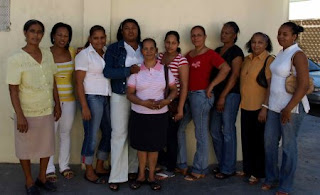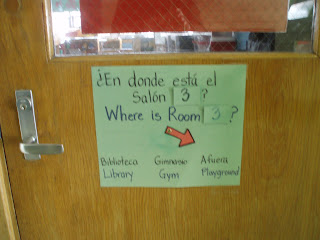Can We Effectively Filter Students from a Community Service Learning Course? Should We?

by Ann Abbott image by James Baigrie One of the TAs teaching "Spanish in the Community" this semester has approached me about a problem that all of us teaching community service learning face: a student whose work in the community may be harming more than helping. That's serious. Ideally, we would handle it this way: First , the TA would tell the student that his behavior is inappropriate and potentially damaging. I would contact the community partner to ask for their assessment of the situation. The student would come talk to me so I could reiterate the same message and decide whether or not to pull the student out of his community work. I am convinced that this is an isolated case. The vast majority of our students are responsible, caring individuals who use their common sense in the community and follow the lead of their community supervisors. But how can we prevent future cases like this? My TA suggested that we do more filtering of students who get into the class. Be...




















